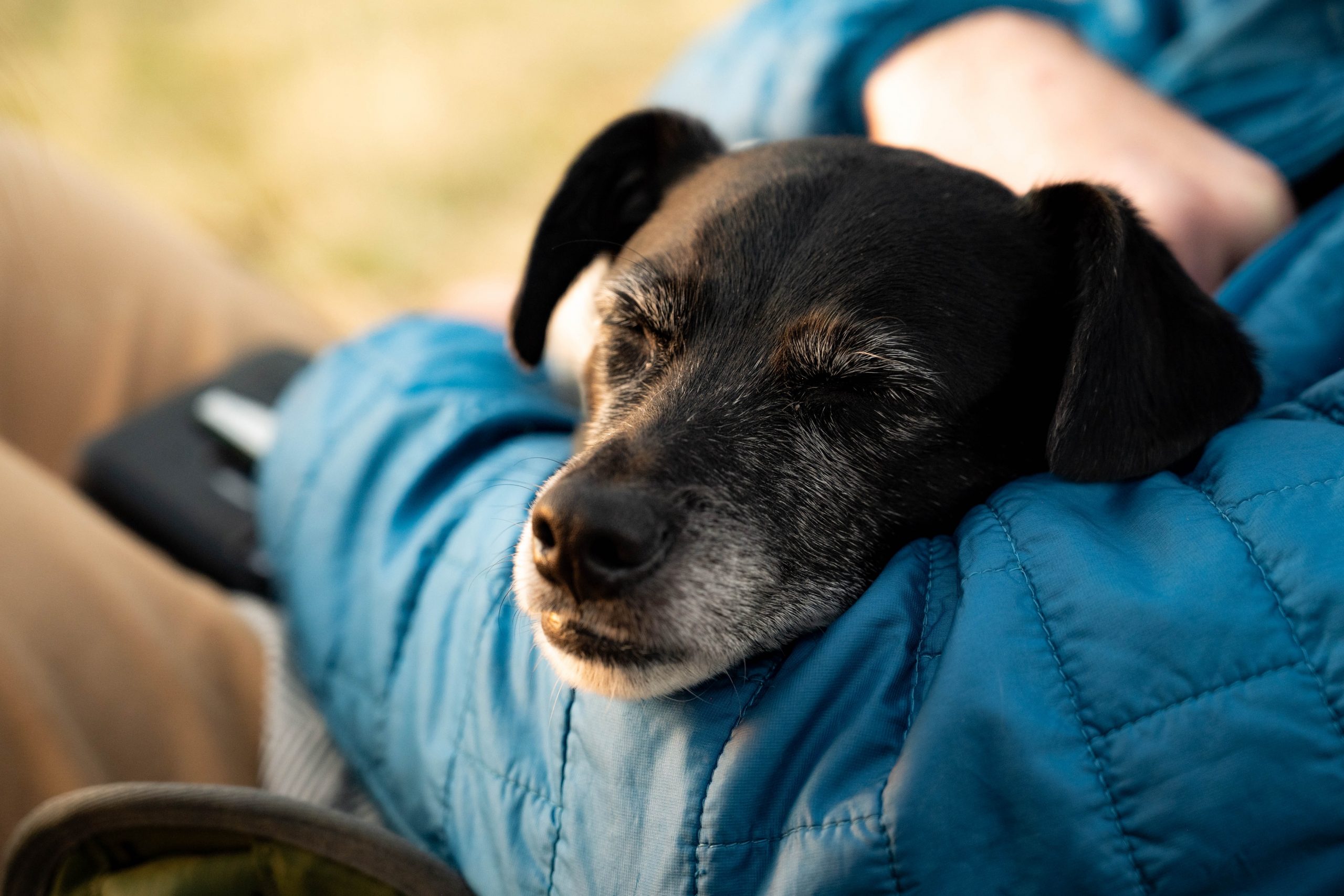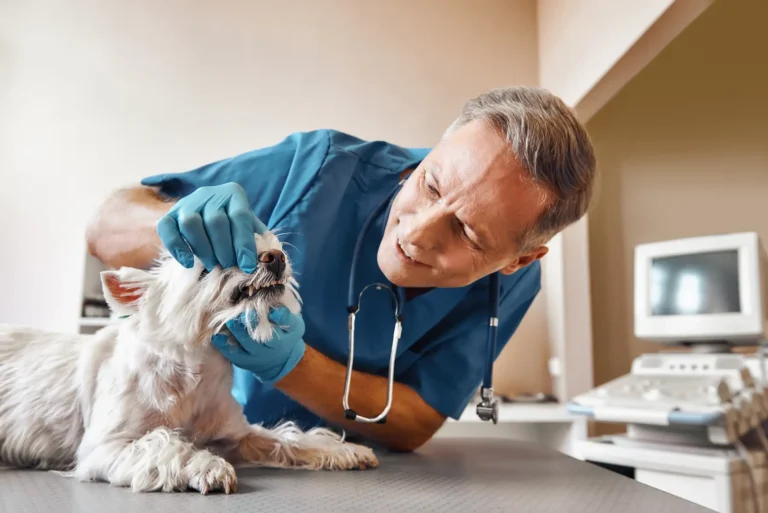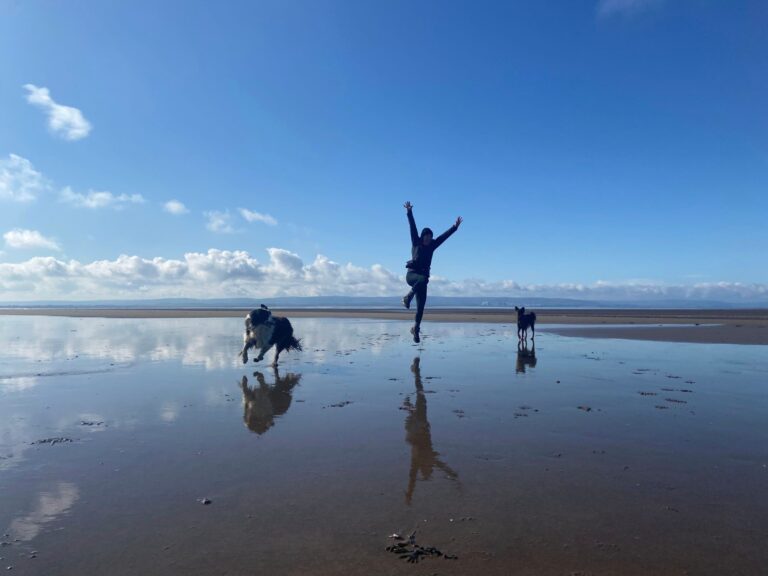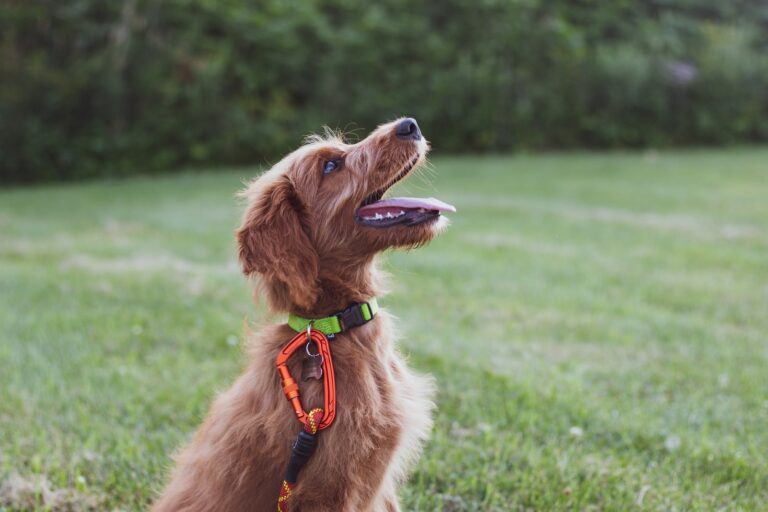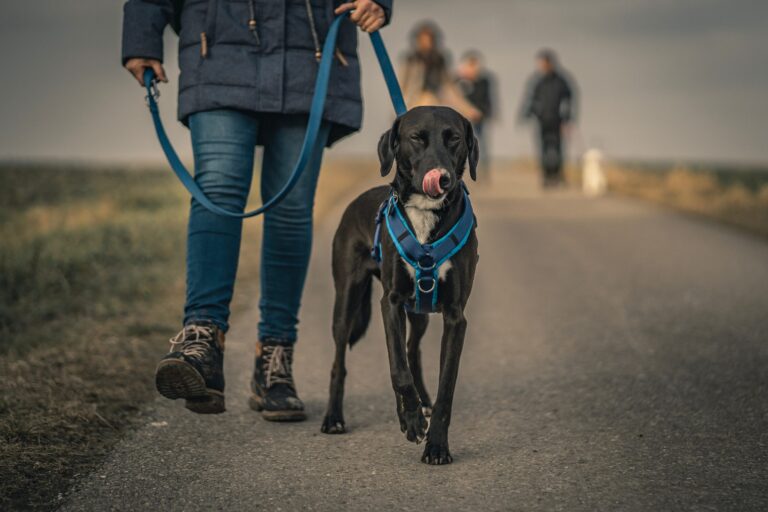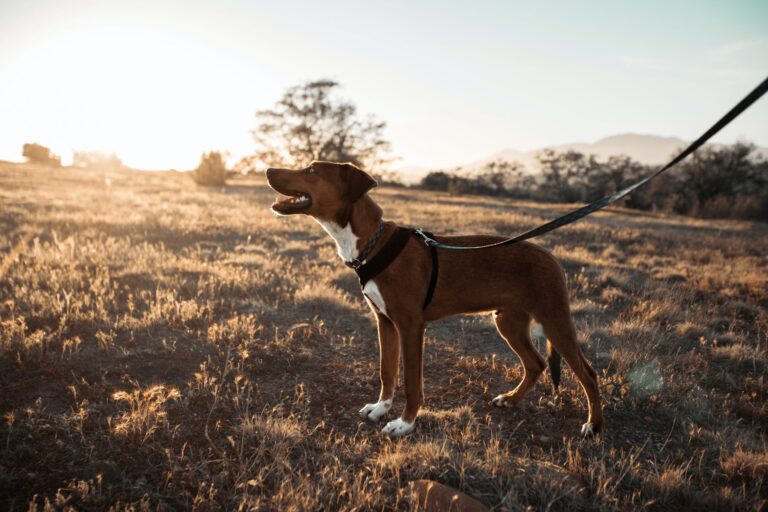Helping a rescue dog settle in
Getting a rescue dog can be exciting and nerve wracking in equal measure.
In some instances, their past is unknown and it can prove challenging to assess how a rescue dog will fit into your home and life based on an online profile of them or when visiting them in a rescue shelter.
What we know is that relinquishment to a shelter or a significant change of environment can be immensely stressful for dogs. Even if their new home is likely to benefit them in the long-run, in the moment, adopted dogs can be over whelmed by the changes.
Here are some tips on what we can do to help our new rescue dogs thrive in their new home.
1. A quiet home
The home should be quiet for the first few days your rescue dog is due to arrive. This means no building work commencing, no expected visitors and perhaps if there are young children present- keeping them busy with organised activities away from the home for some of the day- so they can have fun without upsetting their new dog.
Your new rescue dog may need to sleep a lot, especially if they have come from a shelter where they may have been less able to sleep from lots of barking. Ensuring the home is as quiet as it can be for a few days will help your new dog get into a good sleep routine.
2. Quality Sleep
Your new dog may not take to a crate and crate training takes time- so shutting your rescue dog away for the night in a crate and hoping they sleep easily may backfire.
Crates deny dogs the ability to regulate their body temperature by moving around. They also prevent dogs moving away from noise, should it be bothering them.
If you’d like your dog to use a crate, first leave one with the door open and access to an alternative choice, such as a mat or dog bed on the floor in a different place in the room or house.
Your new rescue dog may benefit from you sleeping nearby on the sofa or a camp bed for the first night or two. This is so you’re close to hand should they need letting out for the loo or require some reassurance. Once your dog is settled back in, you can return to sleeping on your bed again.
Once your new rescue dog is getting good quality sleep, they’ll be more likely to cope with other new experiences, such as their walks or visitors coming to the home. A good guide for rest and sleep quantities for your dog to aim for is approximately 10-12 hours of sleep day and night in addition to 4 or more hours rest across the day.
3. Interactions
If your rescue dog is not seeking comfort or reassurance from their new family members, give them the space they need to get use to their surroundings and their new family’s movements.
Give your new rescue dog control over initiating interactions, rather than going up to them to instigate them. Be mindful that your new rescue dog needs time to develop a bond with you all and may not feel fully relaxed when receiving affection, making defensive behaviour (growling, snapping or biting) higher risk. Regardless of our best intentions, we must acknowledge that when dogs are stressed, their emotional responses can change very quickly.
If your rescue dog is appearing to enjoy affection, watch their body language carefully for signs of stress- such as lip licking, looking or turning away. It’s a good idea to pause after 3 seconds and see if they request for you to continue, such as by pawing or staying next to you. If they appear to want more, you can repeat giving them affection for another 3 seconds before pausing again. This is called ‘The Consent Test’ – which allows dogs the opportunity to disengage from an interaction easily, without needing to request space by other means, which may be scary for us to be on the receiving end of.
This is especially relevant for children, who may be excited by their new family member and overly keen in showering them with affection and attention. It’s important children understand to give their new dog space until you are confident your new dog is fully welcoming and relaxed about the children sharing their personal space.
4. Walks
Be mindful of when you start taking your new rescue dog out for a walk.
Walks should begin when your rescue dog is seeking your company and interactions, which will help them respond to you when out on walks.
Their first walks should take place in quiet places away from dogs, people and traffic so you can get a feel of their confidence levels.
Make walks sniffing focused and slow paced, giving them the time they need to explore and take in information. If your new rescue dog appears calm and confident in their surroundings, you can work a little on their recall using high value treats.
The Blue Pet Co GoShine and GoActive chewies make excellent special training treats and can be given as one big surprise chewie, or cut up into smaller pieces.
It’s sensible to walk your new rescue dog on an escape proof harness such as the Haqihana Double H or Ruffwear Flagline. You can find these on The Mutty Professor online shop here.
Using a longline allows your rescue dog some freedom to move and explore whilst keeping them close under control.
Once your rescue dog is more relaxed on quiet walks, you can slowly increase the distraction level of the walk location, choosing walks with a few dogs and people or calm traffic in the distance.
5. Training
Give your rescue dog time to settle in, bond with you and de-stress from the rehoming experience before beginning training and putting boundaries in place around the home.
In the meantime, you can manage the environment to help prevent undesired behaviours- such as clearing kitchen counter worktops to prevent resource guarding or putting a stairgate up to prevent access to out of bounds areas in the house.
Avoid taking your rescue dog to training classes until they are responding to you reliably out on walks. Training classes can be overwhelming for many dogs and taking your new rescue dog too soon may lead to them finding the experience stressful and unpleasant.
6. Diet
Your rescue dog may have arrived to you eating a food you would rather not feed. Try to avoid making changes too quickly to their diet, gradually switching over foods after 7 days of your rescue dog arriving.
Giving your rescue dog lots to chew may help them de-stress. The GoSmile chewies may be a welcome snack in their day.
Be mindful to give your rescue dog space while chewing and eating to prevent resource guarding.
Remember, prevention is better that cure!
Whilst a positive attitude is not a bad thing, we should always be mindful to take things slowly, setting our new dogs up for success, rather than going too fast and then having to respond to behaviour that causes us concern. The sad reality is that when dogs are stressed, they do behaviours that can be dangerous or upsetting. While dogs that bite are a minority, it is part of their natural behaviour repertoire. It’s better to not accidentally push dogs into a situation they can’t yet cope with.
Take things slowly and go at your new rescue dog’s pace.
